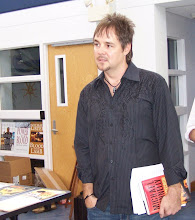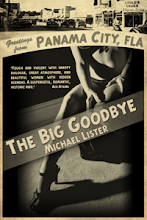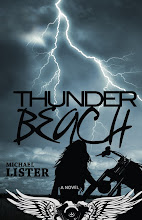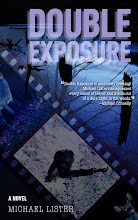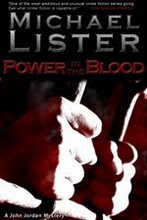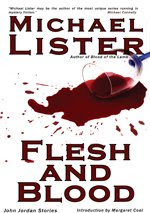
There is crime.
Then there are crimes against humanity—crimes “so odious they constitute a serious attack on human dignity, grave humiliation or degradation of one or more human beings. These crimes are not isolated or sporadic events, but are part of either a government policy or a wide practice of atrocities tolerated or condoned by a government or a de facto authority.”
Of course, all crimes are crimes against humanity—the humanity of the criminal, which dies a little more with each inhumane act, no less than that of his or her victims. Even crimes perpetrated against our planet are ultimately crimes against humanity (a type of slow, indirect suicide).
Though all crimes are crimes against our humanness, certain inhumane acts reach a threshold that requires a new classification. Crimes against humanity are crimes that are part of a widespread or systematic practice.
The film “Defiance” deals with just such crimes.
Hiding in the deep forests of German occupied Poland during World War II, the four Bielski brothers take on the seemingly impossible tasks of foraging for food, finding weapons, and surviving—and not just for themselves but for a large mass of fleeing Polish Jews. Based on a true story, the Bielski brothers and their band of fellow Jews recreate a type of modern Exodus, their wandering camp attracting additional numbers each day. The group’s modern day Moses, Tuvia Bielski, attempts to lead his “children of Israel” to a Promised Land of safety, and in the process does what Oskar Schindler also did—saves innocent people from crimes against humanity carried out by evil people.
“Defiance” is a fine film with particularly good performances, but instead of praising or critiquing it, I want to focus here on the thought and reactions this movie provoked in me.
History is full of crimes against humanity—and not just history. As you read this they are happening all around the world. However, the Holocaust ranks at the top or near it of any list of humanity’s systematic inhumanity to fellow humans.
I can’t call a film like “Defiance” entertaining, but only because it does so much more than entertain. I found it to be moving and thought-provoking, and as I watched the horrific and heroic together, I couldn’t help but think of Shakespeare words, “What a piece of work is a man, how noble in reason, how infinite in faculties, in form and moving how express and admirable, in action how like an angel, in apprehension how like a god! the beauty of the world, the paragon of animals.”
But, of course, that’s only half the story.
Humanity is an unparalleled dichotomy—capable of compassion and cruelty, divinity and depravity, civility and inhumanity.
Actually, it is inaccurate to continue referring to crimes against humanity as inhumane. They are obviously all too human. In one sense, history is a record of human cruelties.
But there’s another history, too. The history of humanity’s compassion, wisdom, kindness, of its intellectual, spiritual, scientific, and artistic achievements.
We are animal and angel, breath of God, dust of the earth.
We like to think of the best and noblest we’re capable of as human and the most cruel and brutal as inhumane, but the truth is, the great paradox of humanity is, we are both, capable of staggering compassion and shocking brutality.
“Defiance” deals with far more than the depravity of humanity, the barbarism that lies just beneath the surface, the shockingly animalistic brutality of the mob mentality our species is cable of. “Defiance” also deals with those who refuse to return hate with more hate, who would rather die as humans than exist as animals.
But perhaps more than anything else, “Defiance” reminded me of what Chris Hedges calls the “myth of moral progress.” In his books “American Fascists” and “I Don’t Believe in Atheists,” Hedges argues that religious Fundamentalist and the new atheists both believe the same fallacy—albeit for very different reasons—that humans are getting better, that we as a species are progressing morally.
That the Holocaust happened so recently, that systematic rape, genocide, and ethnic cleansing is happening right now around the world, reminds us that even as some among us are capable of acts of compassion and creativity so extraordinary we call them divine, others are capable of brutality so horrendous we want to claim it’s not even human.
“Defiance” reminds us not only of the extremes humanity is capable of, but that those divergent capacities reside within us all. We all have angels and demons, humanity and inhumanity. This paradox is who we are—lowly dirt and lofty spirit—and it’s a crime against our own humanity to ever forget it.









